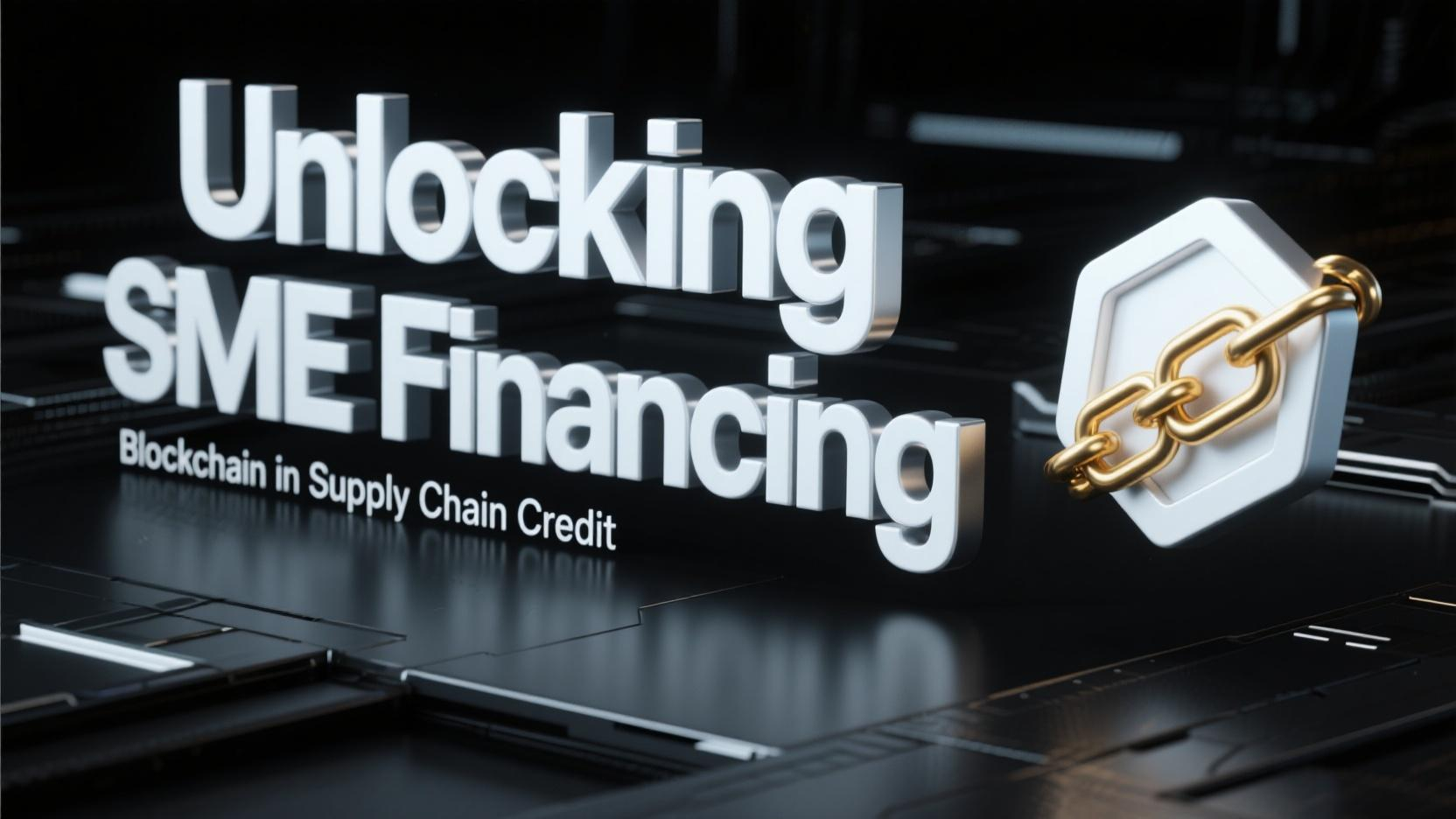From Paper Trails to Digital Trust: How Blockchain Is Empowering Small Suppliers
In traditional supply chains, small and medium-sized enterprises (SMEs) often face long payment cycles and limited access to working capital. A tier-3 supplier might wait 90 days or more to receive payment, forcing them to borrow at high interest — or worse, halt production.

Blockchain is beginning to change this.
The Problem: Trust Gaps and Manual Bottlenecks
Today’s supply chain finance systems rely on:
Centralized ledgers
Manual invoice matching
Risk-prone credit assessments
This creates friction for smaller suppliers, who lack negotiating power and access to affordable capital.
A New Model: Tokenized Invoices and Real-Time Verification
Using blockchain, platforms like Trusple, We.trade, and Contour are creating shared, permissioned ledgers where:
Purchase orders, invoices, and delivery receipts are recorded immutably.
Payments and credit assessments are triggered by smart contracts.
Tier-1 buyers’ creditworthiness flows downstream to their suppliers.
For example, when a multinational buyer approves an invoice on-chain, that data can be used by banks or DeFi lenders to instantly issue credit to an SME at a lower risk premium.
“We used to wait two months for payment,” says Anita, a parts supplier in Malaysia. “Now with blockchain-based trade credit, we get funds within 48 hours.”
Real-World Use Case: Textile Supply Chain in Vietnam
A pilot led by a Vietnamese blockchain startup, in partnership with a French luxury fashion brand, has allowed over 60 small garment factories to tokenize receivables and obtain credit from a local digital bank — using only their phone.
Each invoice is stored on a private Ethereum sidechain, accessible to all stakeholders, including logistics providers and auditors.
Challenges Remain
Integration with legacy ERP systems

Education gap among small vendors
Interoperability across platforms and jurisdictions
However, governments in Asia and Latin America are increasingly supporting blockchain-based financing registries, aiming to bring SMEs into the formal credit ecosystem.
Key Takeaway
Blockchain isn’t just a tool for tech giants — it’s becoming a financial equalizer for the smallest players in global trade. By turning paperwork into digital assets, it’s transforming supply chain credit into a faster, fairer, and more inclusive system.
